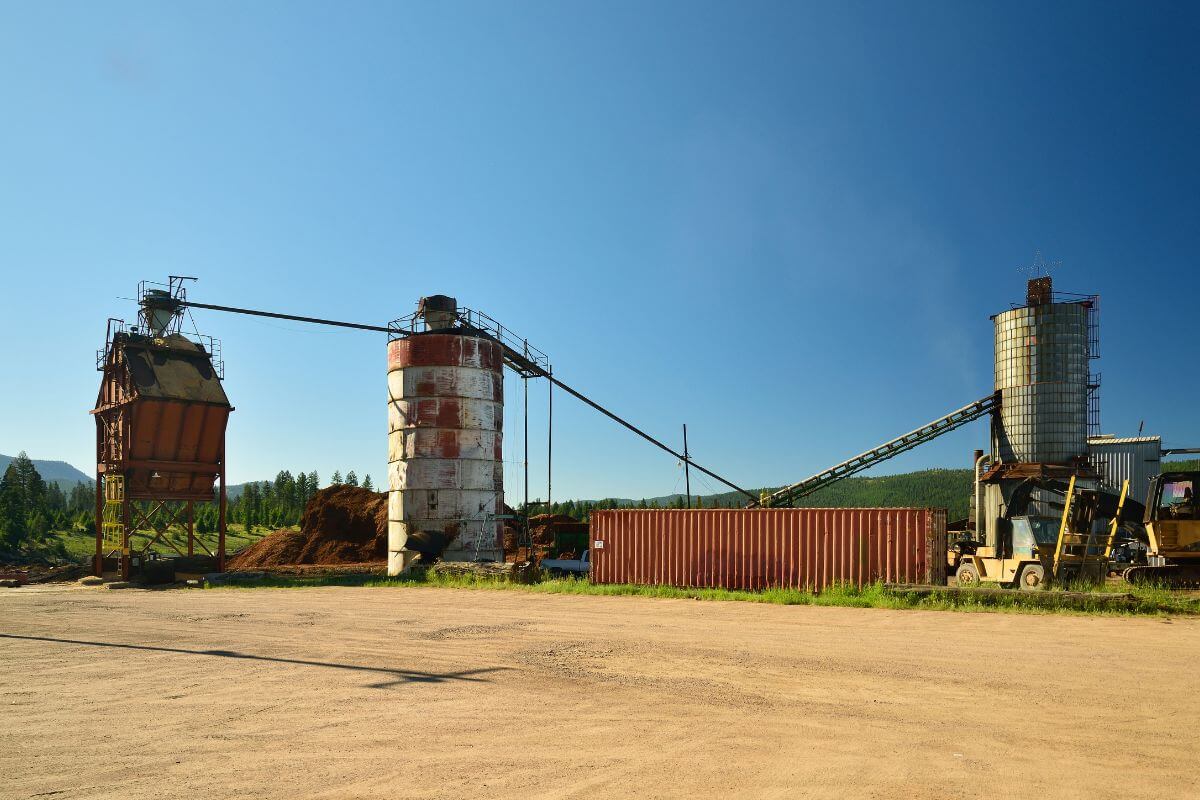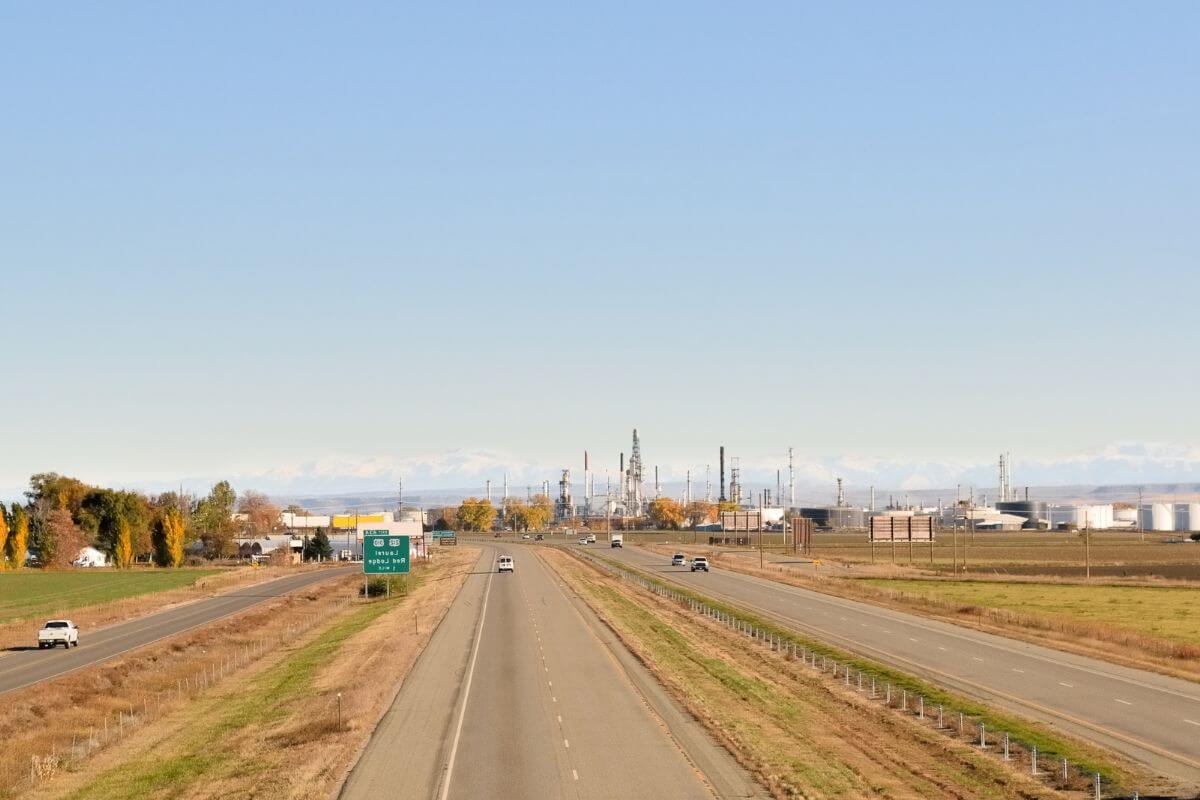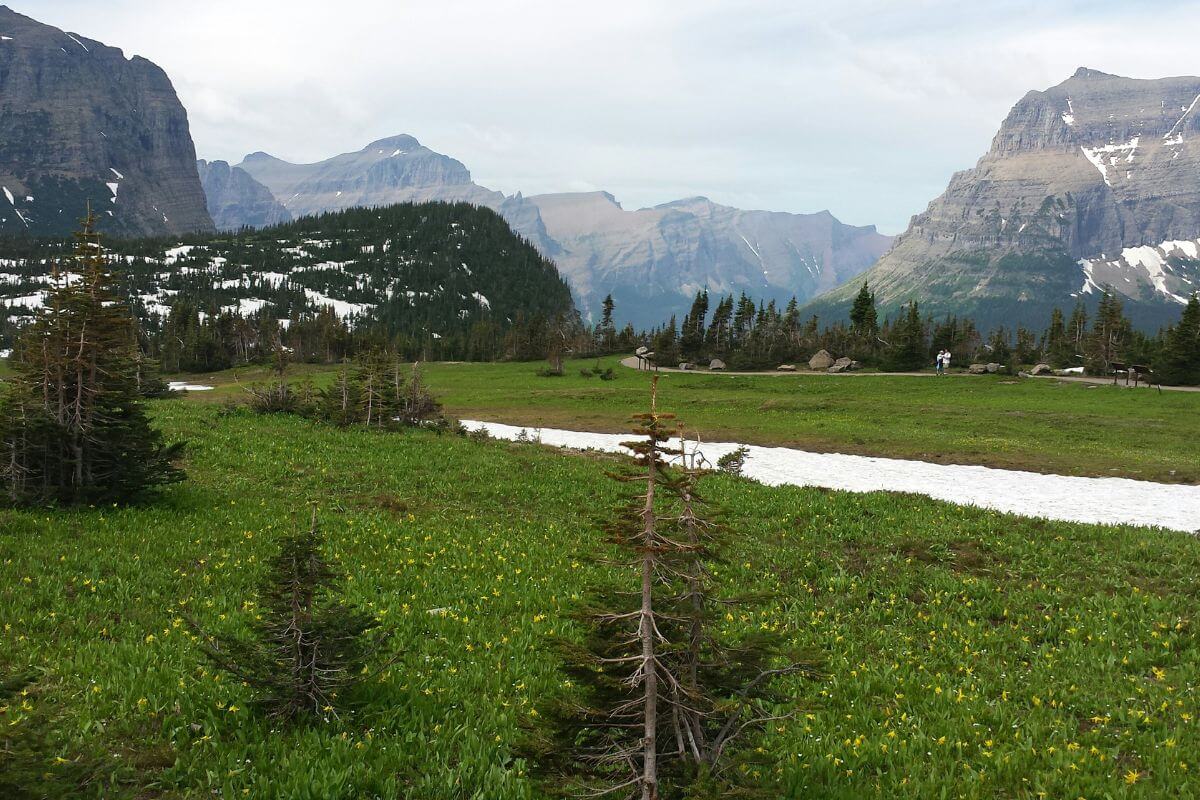Have you ever wondered just how rich is Montana? From the bustling city streets to the serene valleys, Montana is a tapestry woven with opulence and prosperity that will leave you spellbound.
As we delve into the depths of Montana’s economic landscape, we’ll unravel the mysteries of income levels, household wealth, and the unparalleled economic growth that has shaped the fabric of this great state.
We’ll uncover the secrets behind the richest cities and the influx of highfalutin individuals who call Montana home.
- Related article: Montana’s Economic Outlook
Join us on this exciting adventure as we embark on a thrilling exploration of Montana’s wealth and economic landscape.
Are you ready to discover the hidden treasures of this exquisite state? Hold on tight, and let’s dive into the world of wealth in Montana like never before.
Montana’s Economic Wealth Indicators

When it comes to exploring Montana’s economic landscape, there are several indicators that provide valuable insights into the state’s wealth.
- Median Household Income – Montana boasted a median household income of approximately $60,560 in 2021, serving as a crucial measure of the income level for a typical household in the state.
- Per Capita Income – The state’s per capita income stands at $34,423 as of 2021, shedding light on the income spectrum and highlighting variations among Montanans.
- Poverty Rate – Montana’s poverty rate for 2021 was approximately 11.9%, slightly higher than the national average of 11.6%. Understanding this indicator provides insights into the economic challenges faced by certain segments of the population.
- Gross Domestic Product (GDP) – Montana was the 7th strongest economy in the nation in 2021 with a total GDP of $59.3 billion, reflecting its economic strength and contribution to the national economy.
- Sector Growth – The finance and real estate sectors experienced the fastest growth in Montana, while the tourism and leisure industries rebounded impressively by 22% in 2021 after the pandemic. These indicators demonstrate the dynamic nature of Montana’s economy.
By examining these income statistics and wealth indicators, we gain valuable insights into Montana’s economic standing, showcasing a vibrant and dynamic picture of the state’s wealth spectrum.
Montana’s Notable Billionaires: Their Sources of Wealth and State Contributions

Montana is home to a handful of notable billionaires who have made a significant impact on the state’s society and economy.
These wealthy individuals have amassed their fortunes through various sources of wealth and business ventures, and have made significant contributions to the state as a result.
| Montana Billionaire | Net Worth (2023) | Sources of Income and Business Ventures | Notable Contributions to Montana |
| Dennis Washington | $6.4 billion | Construction, mining, transportation | Significant wealth generation and job creation |
| Austen Cargill, II | $3.9 billion | Cargill family business (food, agriculture, financial, industrial divisions) | Part of family business legacy with broad impact |
| Marianne Liebmann | $3.9 billion | Cargill family business (paper manufacturing, minerals processing, commodities trading) | Driving state economy and providing employment opportunities |
| Linda Pritzker | $2 billion | Pritzker family business (Marmon Holdings, previously) | Previous impact on the manufacturing industry |
From significant wealth generation to job creation and contributions to various industries, Montana’s billionaires continue to drive economic growth and provide opportunities for the state’s local communities to thrive.
The influx of wealthy individuals from Montana’s neighboring states, like North Dakota and South Dakota, has further propelled it toward prosperity in diverse sectors, such as agriculture, energy, tourism, and technology.
Montana’s Major Industries and Economic Sectors

Beyond Montana’s natural wonders, its major industries and economic sectors play a crucial role in shaping its wealth and job creation.
Montana Agriculture

Montana’s fertile land and vast grazing areas support a thriving agricultural sector, making it a cornerstone of the state’s economy.
The region’s favorable climate allows for the cultivation of various crops and provides ample grazing lands to sustain a great livestock industry. All of which, contribute significantly to the state’s agricultural output.
Here are some of the leading Montana products:
- Wheat
- Barley
- Lentils
- Cattle
- Sheep
The agricultural sector not only generates income through exports but also provides a substantial number of employment opportunities for its residents, particularly in rural areas.
It remains an essential pillar of Montana’s economy, sustaining local communities and contributing to the state’s overall economic prosperity.
Montana Energy

The extraction of natural resources, including oil, gas, and coal, has long been a major driving force in Montana’s economic landscape.
- Read more about Montana Oil Production
The state’s vast reserves of these resources attract investments from energy companies, leading to significant revenue generation and job creation within the energy sector.
Montana’s abundant natural resources also provide an opportunity for the state to play a crucial role in meeting the nation’s energy needs.
In recent years, Montana has witnessed an increasing emphasis on renewable energy sources, such as wind and solar power, further diversifying the state’s energy portfolio and positioning it as a leader in sustainable energy production.
Montana Tourism

Montana’s breathtaking natural landscapes, highlighted by its renowned national parks, form the backbone of its thriving tourism industry.
Visitors from around the world flock to explore the majestic beauty of Glacier National Park and Yellowstone National Park, among other attractions.
Montana’s tourism sector generates income through accommodations, dining, retail, and entertainment establishments, creating a ripple effect that stimulates economic growth in various sectors.
Moreover, the influx of tourists fuels job creation, particularly in hospitality, guiding, and recreational services, providing opportunities for local residents to participate in and benefit from this dynamic industry.
Montana Technology and Innovation

Montana’s business-friendly environment has facilitated steady growth in the technology and innovation sectors.
The state’s supportive ecosystem attracts startups and entrepreneurs, fostering innovation and encouraging new businesses to take root.
As technology continues to drive economic progress, Montana has capitalized on this trend, nurturing a thriving tech community that contributes to job creation and attracts investments from across the country.
This sector’s growth not only boosts Montana’s economy but also positions the state as a hub for cutting-edge ideas and solutions.
Montana’s Wealth Final Thoughts

Montana boasts a diverse and robust economy driven by key industries like agriculture, energy, tourism, and technology.
The presence of wealthy residents, particularly billionaires, adds an intriguing dimension to the state’s prosperity.
These individuals not only create job opportunities through their businesses but also stimulate economic growth with their investments, contributing to Montana’s vibrant economic landscape.
Their philanthropic efforts further uplift the well-being of local communities, making a positive impact on education, healthcare, and community development.
Combined with thriving industries, the contributions of billionaires play a significant role in shaping Montana’s overall prosperity and community growth.
Montana’s dynamic economic environment, fueled by both industries and the positive influence of affluent residents, showcases the state’s potential for continued growth and development.
Montana’s Wealth FAQs
1. Is Montana a Rich or Poor State?
Despite the talk about Montana being home to a lot of quiet wealth, the fact remains that most Montanans are not rich.
Unlike states like San Francisco or New York, Montana is frequently ranked near the bottom when it comes to US states with the most wealth.
2. Does Montana Have a Lot of Money?
While Montana is not a state that has a lot of money, it’s not a poor state by any means. Based on 2020 data from the US Census, Montana ranked 41st out of the 50 states in terms of income.
While it may not be the richest state, it certainly isn’t the poorest either.
3. How Many Billionaires Are in Montana?
Montana is home to a small but mighty count of four billionaires. Here are their names and respective net worths:
- Dennis Washington – $6.4 billion
- Marianne Liebmann – $3.9 billion
- Austen Cargill II – $3.9 billion
- Linda Pritzker – $2.0 billion
4. What Is the Richest Small Town in Montana?
The richest small town in Montana is Helena Valley Northeast.
With a median income of $84,413 based on 2021 data from the US Census, this small town outshines even the likes of Bozeman in terms of financial abundance.
5. Does Montana Have a Strong Economy?
When it comes to Montana’s economy, the word “strong” doesn’t quite do it justice.
Montana was the 7th strongest economy in the nation in 2021 with a total GDP of $59.3 billion.
The state’s GDP has been nothing short of impressive, experiencing steady growth over the years and consistently outperforming the national average.
Discover more of the captivating world of Montana through these remarkable reads:
- Excellent Montana Brands
- Montana’s Tourism Economic Impact
- Montana’s per Capita Income
- Montana’s Primary Industries
- Montana’s Wheat Crops
- https://brand.mt.gov/_shared/Office-of-Tourism/docs/Fast-Facts-Funding-20B.pdf
- https://www.census.gov/quickfacts/fact/table/MT/PST045222
- https://www.nps.gov/nature/customcf/NPS_Data_Visualization/state.html?state=Montana&code=MT
- https://www.montana.edu/extension/agimpact/
- https://www.bber.umt.edu/pubs/econ/universityreport.pdf
- https://mslservices.mt.gov/legislative_snapshot/Economy/Default.aspx

